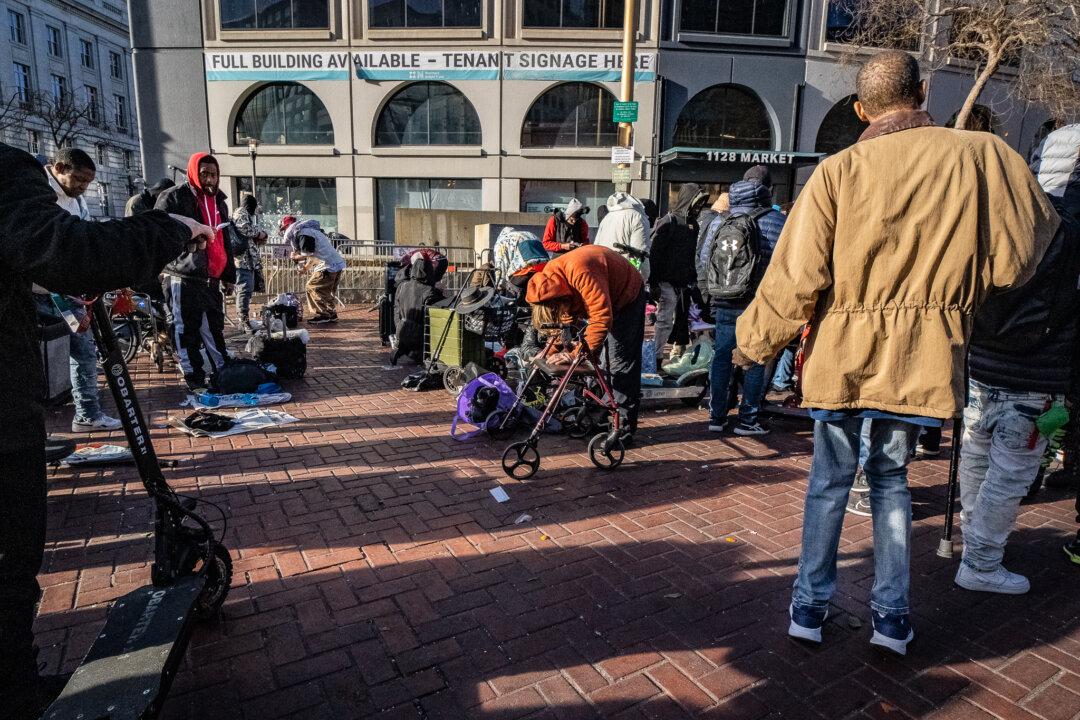As California’s population declines due to a mass exodus of residents escaping high taxes, exorbitant housing costs, and increasing homelessness, another factor has been quietly contributing to the downturn: the declining birth rate.
While the Golden State’s population continues to grow older, young adults are having fewer children, data show. The state’s natural population growth, the difference between births and deaths, has been slowing since the 1990s, according to the Public Policy Institute. From 1991 to 2010, the natural growth hovered above 280,000, but since 2015, it has declined from 247,000 to 181,000.





